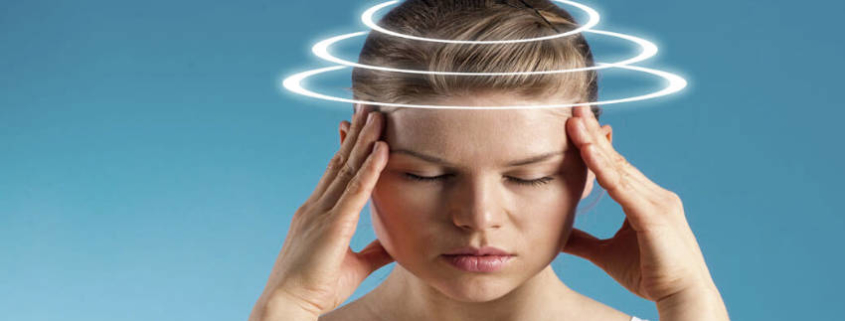Osteopathic treatment for Dizziness
Osteopathic treatment for Dizziness Osteopathic treatment for dizziness must first look at the many causes of dizziness, such as medication, ear infections, a head injury, dysfunction of the inner ear or brain and low blood pressure. Problems that affect the skeletal or visual systems, such as arthritis or eye muscle imbalance, can also cause balance disorders.
If you are feeling dizzy, it is important to see your medical doctor for a thorough exam. Accurate diagnosis of cervical vertigo is possible primarily only by effective elimination of the other causes of vertigo. Cervicogenic dizziness is vertigo brought on by conditions related to the neck and sometimes combining disorders associated with the inner ear.
Patients experiencing cervicogenic vertigo may feel a sense of dizziness or spinning aggravated by sudden head or eye movements or on rising from the lying position, walking, standing and sitting. Sensory information from the neck is combined with vestibular and visual information to determine the position of the head on the neck. These nerves transmit messages that control things like blood flow and positional sense to the brain.
Increased muscle/fascial tension and altered spinal mobility/position may compromise the nervous system resulting in abnormal nervous system feedback to the brain and you may then start feeling light-headed and dizzy.
Neck tension can be created by whiplash, neck injuries, teeth grinding, temporomandibular joint and temporal bone dysfunction, poor posture, stress and sleeping awkwardly on a pillow. Osteopaths take a full case-history of your symptoms, perform physical, orthopaedic and neurological examinations to find the origin of the symptoms and reach an accurate diagnosis and refer in the event of more serious conditions. Neck pain may be present with muscle tenderness, stiffness, and guarding of the neck region and may precede the sensations of imbalance by days to months and is commonly located in the upper neck occasionally with radiations to the jaw and TMJ (temporomandibular region).
Treatment of cervicogenic dizziness typically involves treatment to correct the musculoskeletal dysfunction causing the sensory confusion; essentially, the restoration of pain-free, full range-of-motion of the spine, muscles and surrounding joints through osteopathic techniques which includes careful and specific massage, myofascial release, articulation and gentle appropriate mobilisation and training on poor posture. The osteopathic approach seeks to restore normal function to help assist recovery.
View a list of common complains that Osteopathy can assist with
Discovery the benefits of Osteopathy
- What is Osteopathy?
- Adult health issues
- Babies and Children
- During and after pregnancy
- Common Complaints
- Testimonials
- Sports Injuries
- Genral Osteopathy FAQs
- The Science & Reasearch



